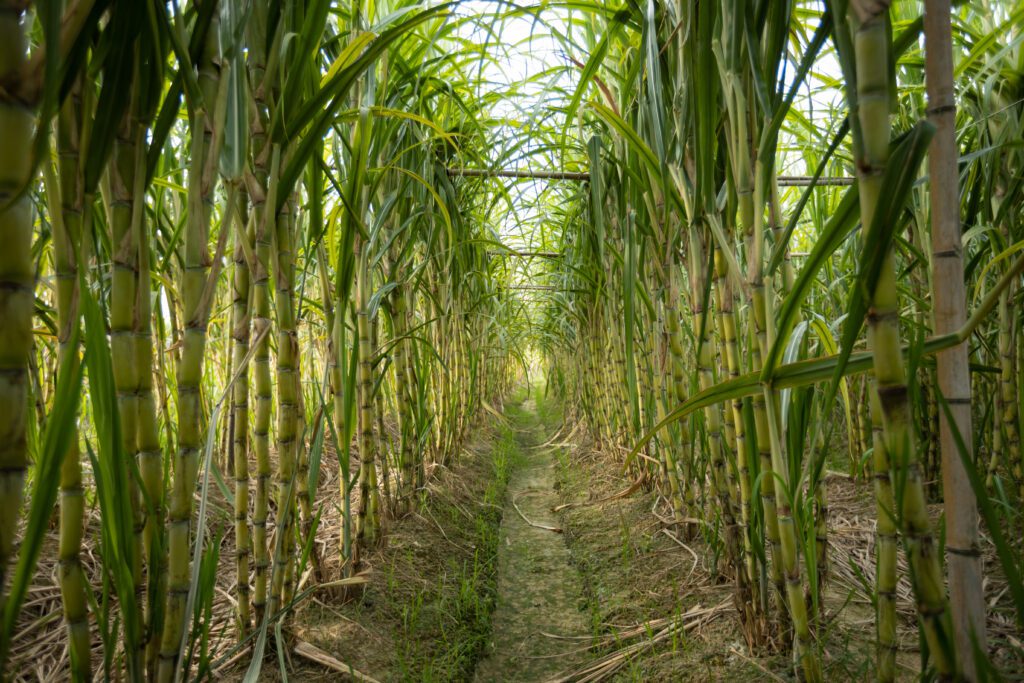Table of Content
ToggleThe Cane industry
The sugar cane industry in Brazil has a long and complex history dating back to the 16th century. According to historical records, the first sugar cane plantations in Brazil were established in 1551 by the Portuguese, who had colonized the country and brought enslaved Africans with them to work the land.
During this early period, sugar cane was primarily grown for domestic consumption and was not yet a major export commodity. These plantations were located in the northeast region of the country, which had a warm and humid climate that was well-suited to the cultivation of sugar cane.
Sugar cane was important in the 16th and 17th centuries because it was a valuable commodity that was in high demand in Europe. Sugar was used in a variety of foods and beverages, and it was considered a luxury item because it was expensive and difficult to produce.
Sugar cane was not the only source of sugar in Europe, but it was the primary source during the 16th and 17th centuries. Sugar beet, which is a root vegetable that is native to Europe, was also used to produce sugar, but it was not as efficient as sugar cane and was not widely cultivated until the 19th century. Sugar cane was attractive to European buyers because it was a high-quality source of sugar that was relatively easy to grow and harvest.
It was also attractive to European buyers because it was available in large quantities and could be produced relatively cheaply due to the use of slave labor on sugar cane plantations in Brazil.
However, by the 17th century, the demand for sugar had increased significantly, and Brazil began to export large quantities of sugar to Europe. The sugar cane industry became one of the most important industries in Brazil, and it played a major role in the country’s economic development.
The sugar cane industry in Brazil was also closely linked to the transatlantic slave trade, as many of the enslaved Africans who were brought to Brazil worked on sugar cane plantations. The sugar cane industry in Brazil relied heavily on slave labor until the abolition of slavery in 1888.
Cattle and Horses
Cattle and horses were introduced to Brazil by the Portuguese during the early years of colonization in the 16th century. The Portuguese brought cattle and horses with them when they arrived in Brazil in the early 1500s, and these animals were used for a variety of purposes, including transportation, agriculture, and meat production.
The first cattle and horses in Brazil were used mainly by the Portuguese colonists and were not widely distributed among the indigenous population. However, over time, cattle and horses became important resources for many indigenous communities in Brazil, and they played a significant role in the development of the country’s economy and culture.
Cattle ranching has remained an important industry in Brazil to this day, and the country is now one of the world’s leading producers of beef. Horseback riding is also a popular pastime in Brazil, and the country has a long tradition of equestrian sports and competitions.
The Portuguese introduced a variety of cattle breeds to Brazil during the colonial period. Some of the cattle breeds that were introduced to Brazil by the Portuguese include:
Nelore: This is a breed of cattle that is native to Brazil and is widely used for meat production.
Guzerat: This is a breed of cattle that was originally from India, but it was introduced to Brazil by the Portuguese and is now widely used for meat production in the country.
Gir: This is another breed of cattle that was originally from India, and it was introduced to Brazil by the Portuguese. The Gir breed is known for its good milk production and is often used for dairy farming.
Brahman: This is a breed of cattle that was originally from India, and it was introduced to Brazil by the Portuguese. The Brahman breed is known for its heat tolerance and is often used for beef production in tropical regions.
Some of the horse breeds that were introduced to Brazil by the Portuguese include:
Lusitano: This is a breed of horse that is native to Portugal and is known for its athleticism and versatility. Lusitanos are often used for dressage, jumping, and bullfighting in Brazil.
Andalusian: This is a breed of horse that is native to Spain and was introduced to Brazil by the Portuguese. Andalusians are known for their beauty, strength, and intelligence, and they are often used for dressage and other equestrian sports in Brazil.
Arabians: This is a breed of horse that is native to the Middle East and was introduced to Brazil by the Portuguese. Arabians are known for their stamina, intelligence, and beauty, and they are often used for racing and other equestrian sports in Brazil.
Quarter Horses: This is a breed of horse that was developed in the United States and was introduced to Brazil by the Portuguese. Quarter Horses are known for their speed and agility and are often used for racing and other equestrian sports in Brazil.












